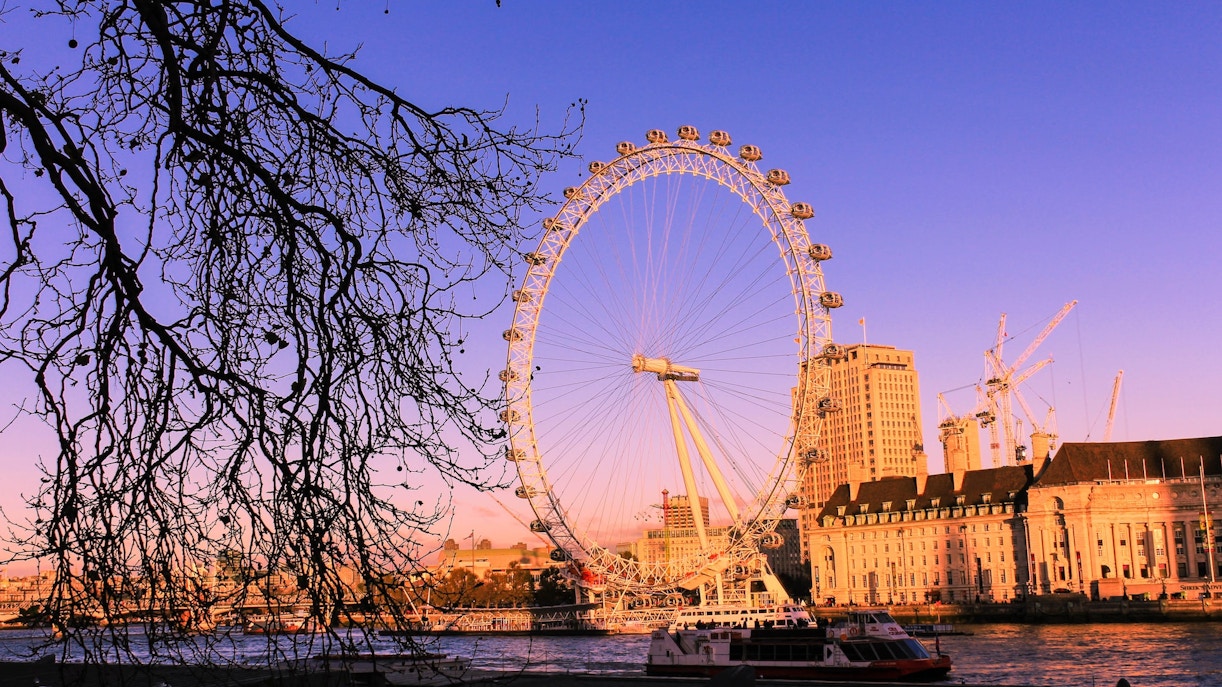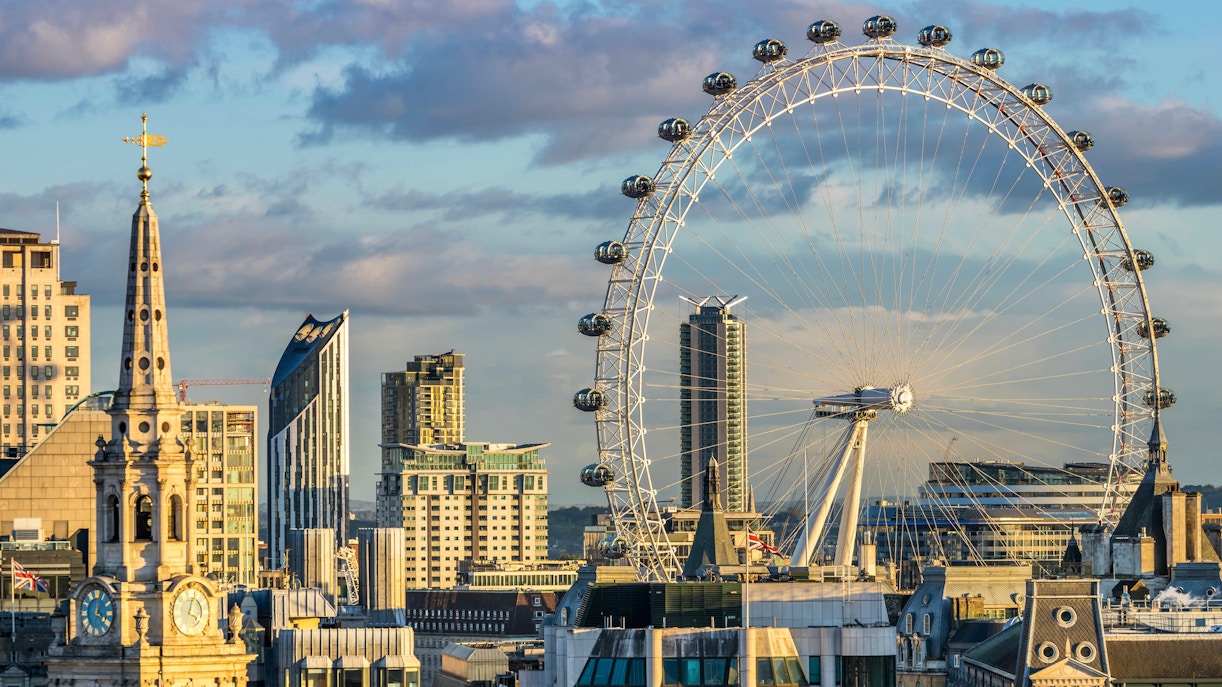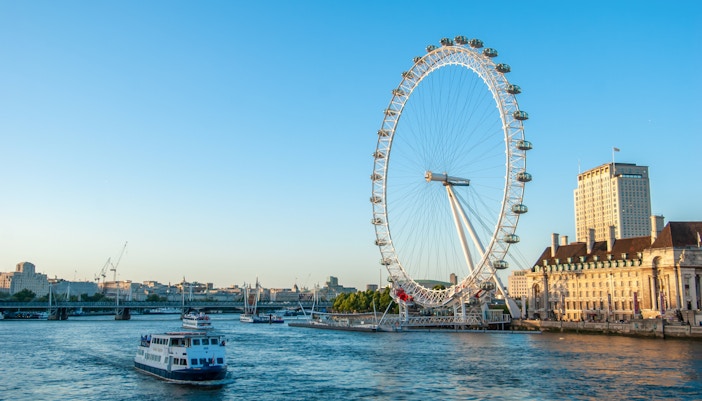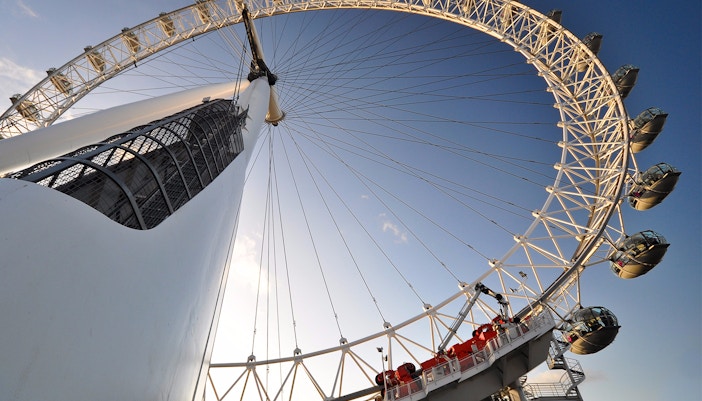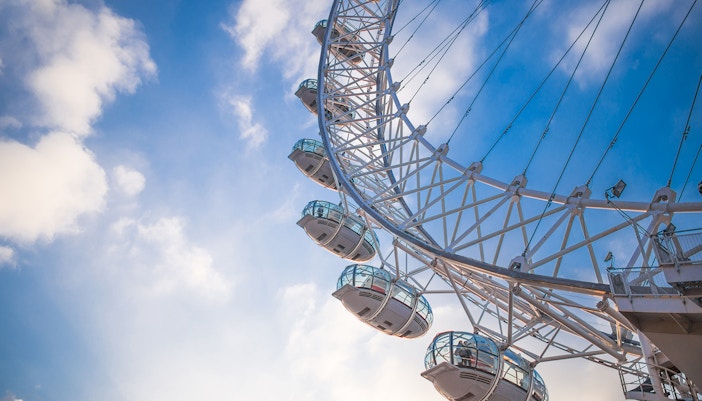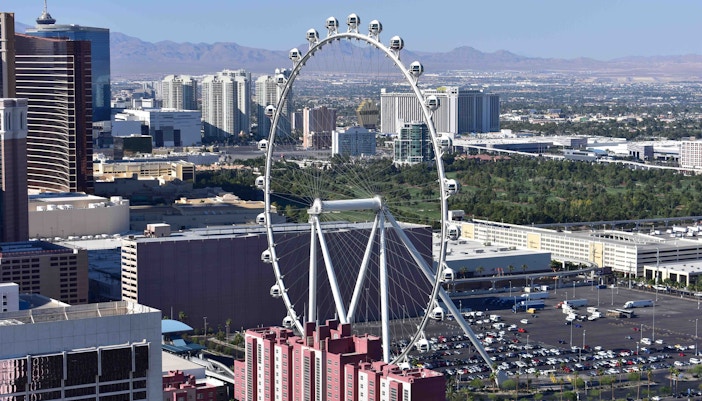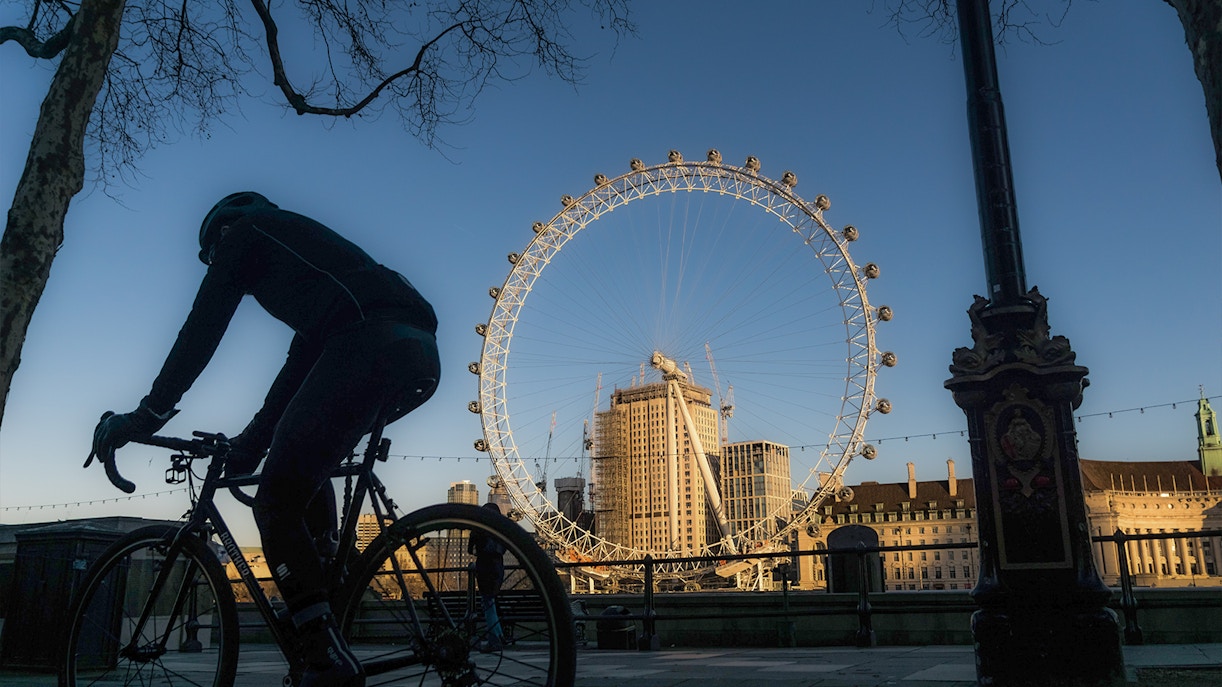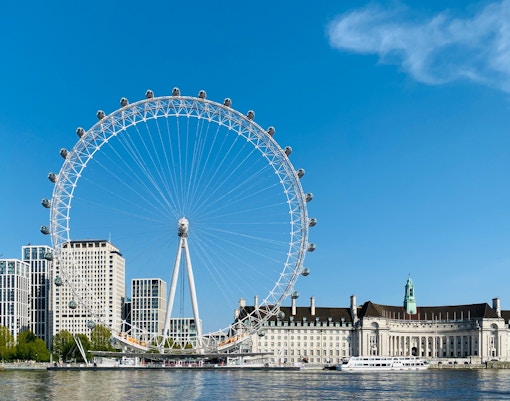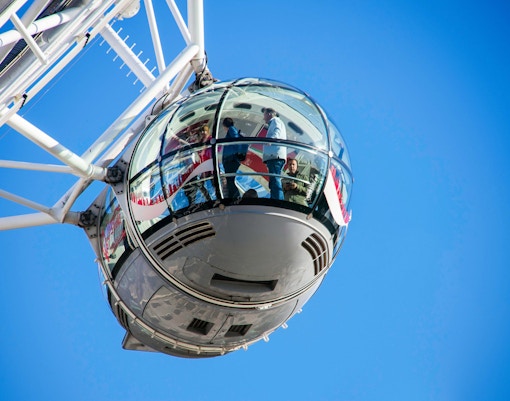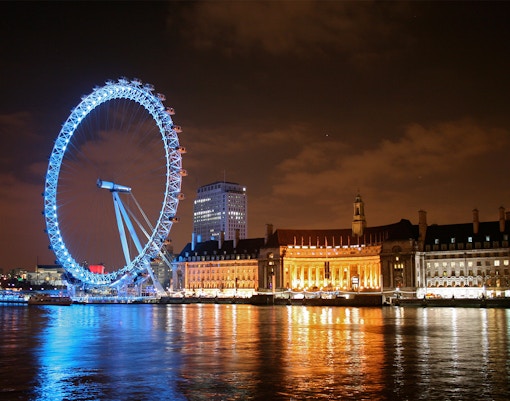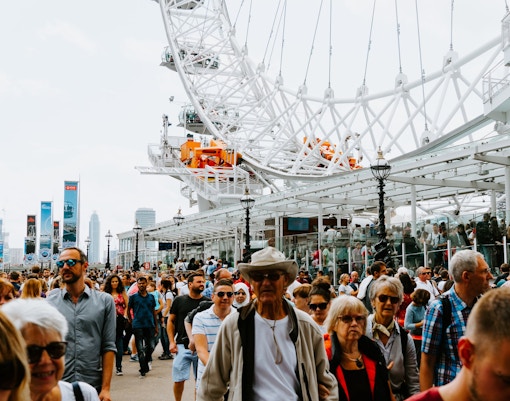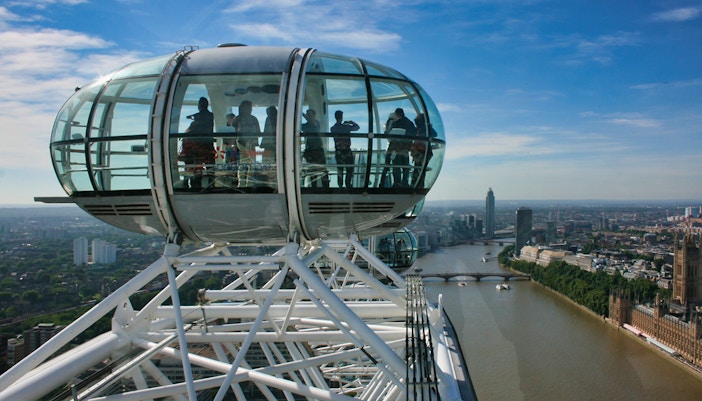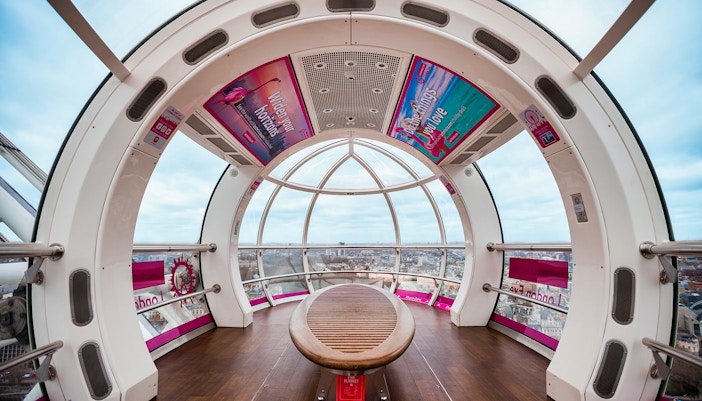The London Eye stands as an iconic feat of modern engineering and architectural innovation, symbolizing the transformation of London’s skyline in the early 21st century. The design of the London Eye was inspired by the idea of a "flight" and provided visitors with a unique perspective on the city. Explore its striking design concept, the key figures and engineers behind its construction, the structural ingenuity that enables its rotation, and the distinctive features of its exterior and passenger capsules.
